Nixtamalization. What is it? According to Wikipedia, Nixtamalization (/ˌnɪʃtəməlɪˈzeɪʃən, ˌnɪks-/ nish-tə-mə-lih-ZAY-shən) is a process for the preparation of maize (corn), or other grain, in which the grain is soaked and cooked in an alkaline solution, usually limewater (but sometimes aqueous alkali metal carbonates),[1] washed, and then hulled. The term can also refer to the removal via an alkali process of the pericarp from other grains such as sorghum.
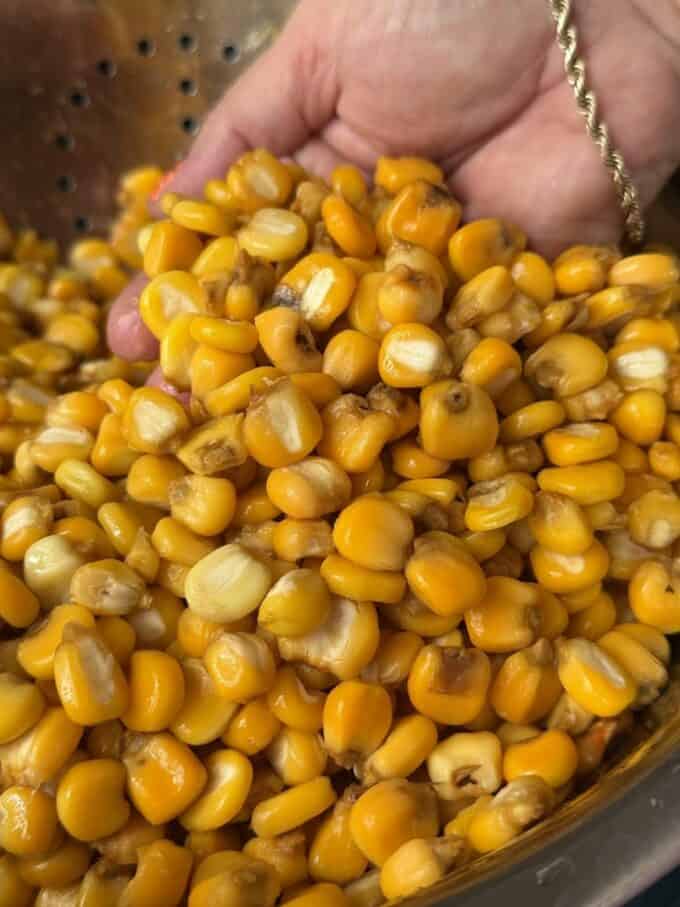
When I think of Nixtamalization, this is what I see
I see my dad, Ramiro, in his garage busting his back, working hard to mold, bend and weld the commercial size corn tortilla machinery. Ramy Machinery is how his business cards read. He specialized in molinos, maquina para tortillas, piedras, masa feeders, rodillos & tanques. First the tanque, tanks made of heavy stainless steel to hold all of the maize. The maize was cooked with cal, calcium hydroxide and water and left to sit overnight.
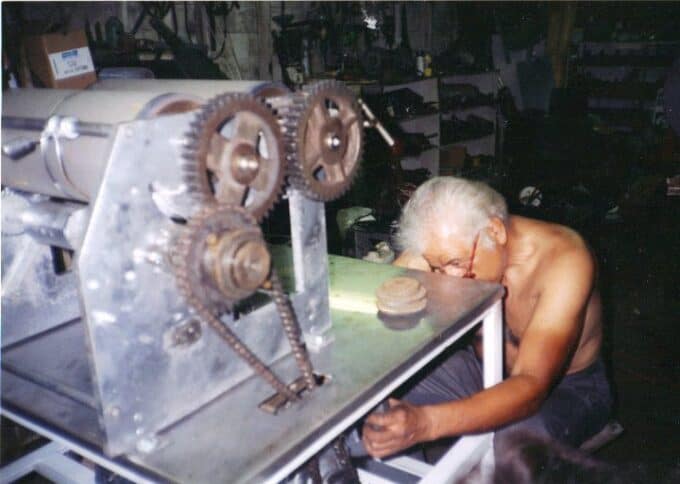
The heavy equipment! Las Tortillas!
The molino was where you added the fresh cooked nixtamalized corn with some water. It would grind it into the corn masa. Piedras, stones made from lava rock were expertly chiseled to grind the corn. Feed the corn it into the masa feeder that would transport the masa to the cutters. Cut the tortilla shapes. Into the maquina para tortillas, the uncooked tortillas would go onto a conveyor to be cooked first then come down another conveyor ready for packaging piping hot!
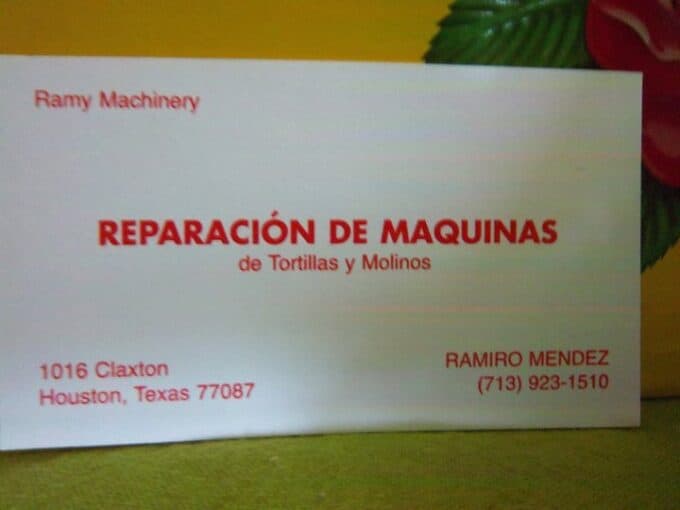
Use What You Have!
I am not messing around trying to figure out a portable table grinder for the maize. I know how my Vitamix blender works and I am going to take full advantage of it! I’ve tried this before a few times and have been happy with the results. Take your time to grind in smaller batches to keep the blender from overheating. Plus, I have problems with both my wrist, lol! Doing my best to break down the nixtamalization process for the average home cook.
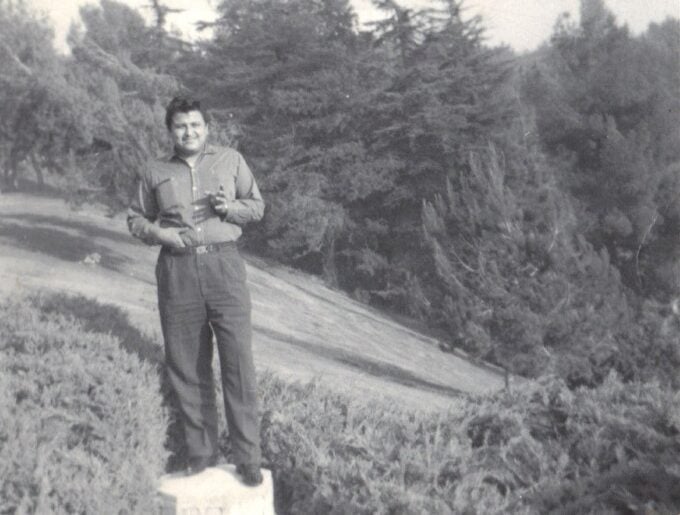
STEP ONE. Find a good quality maize for preparing corn masa.
There is a difference between smaller field corn maize, than the larger maize, hominy used for pozole. The varieties of field corn will yield a softer texture with rich corn flavor. The hominy corn used for pozole yields a chewy texture that can be slightly sweet. It gives the pozole that distinct corn flavor and texture. Supporting small farmers in Mexico with Masienda’s Heirloom non-GMO corn. https://tidd.ly/47LmBKj
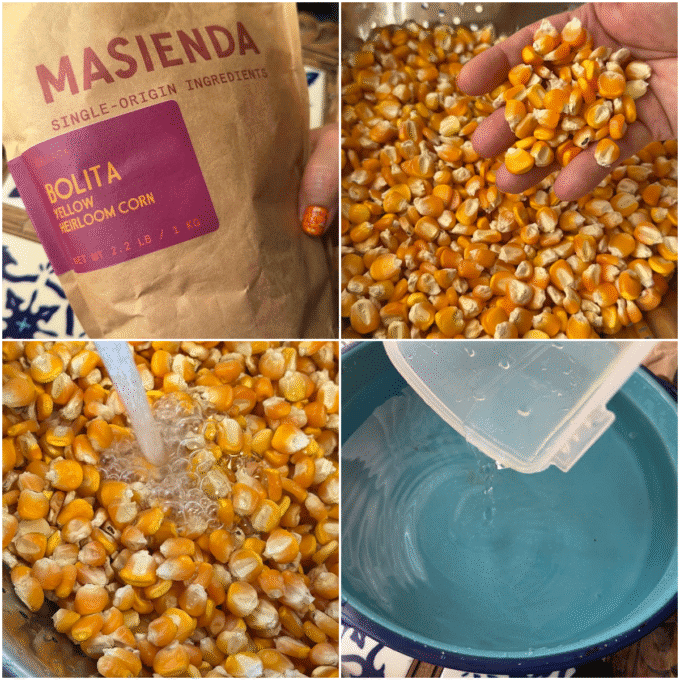
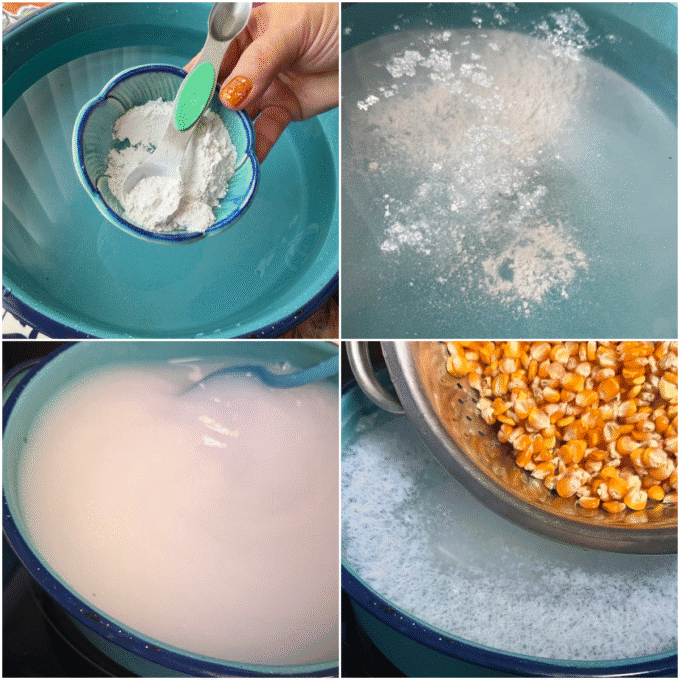
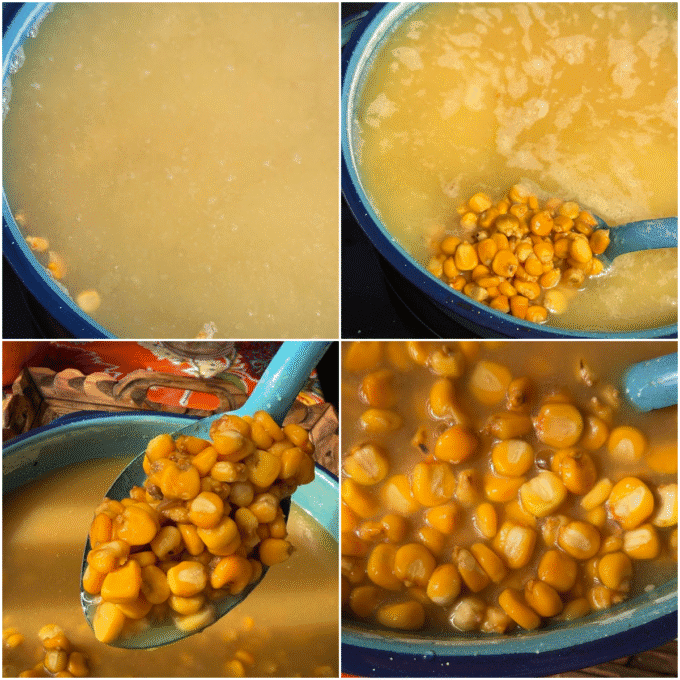
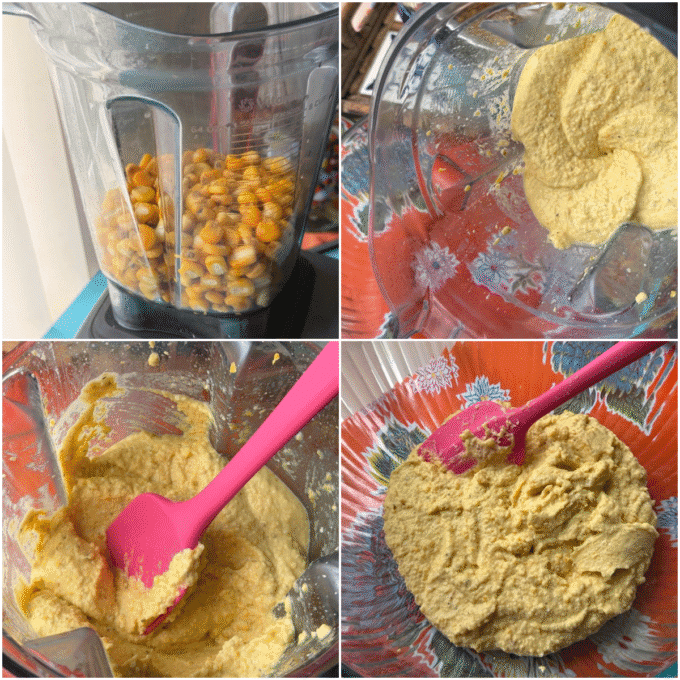
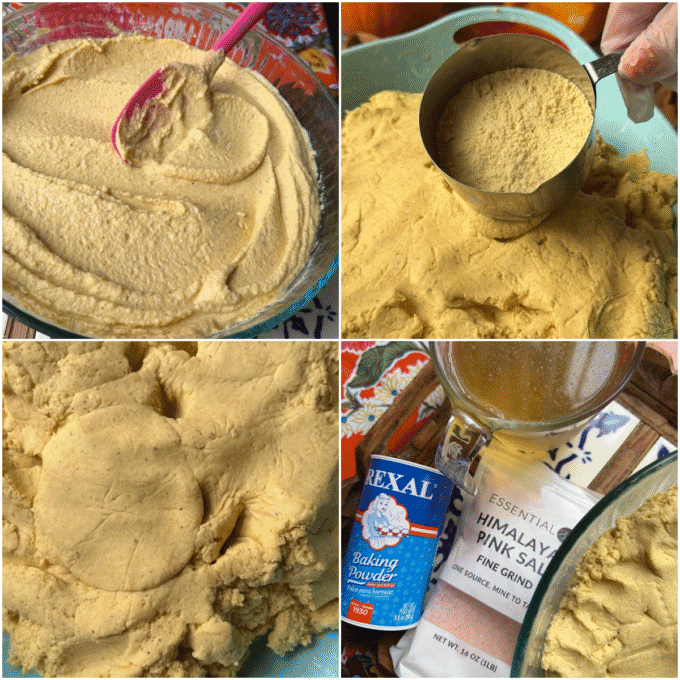
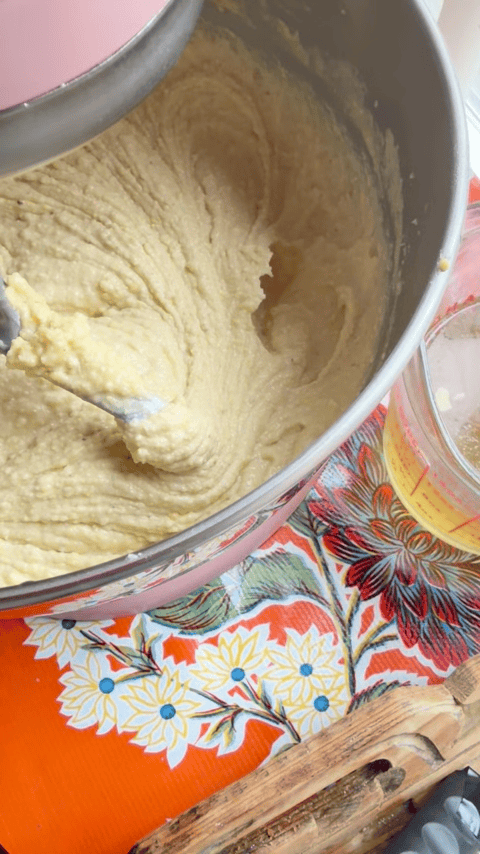
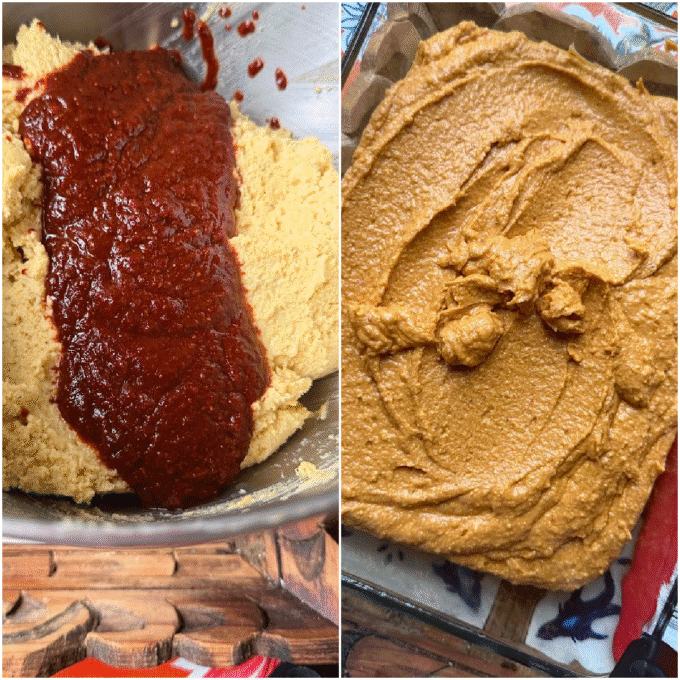
If you want to jump ahead, here are a few links that will help you finish the tamales after you prepare your fresh ground masa!
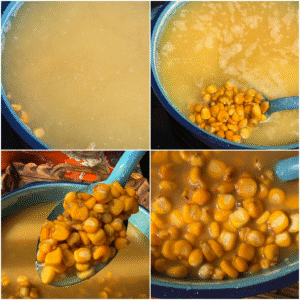
Nixtamalization
Equipment
- Vitamix blender
- Stand Mixer
Ingredients
- 2.2 lb bag Bolita yellow corn Masienda brand
- 3 liters of water to cook corn
- 4 tsps. calcium hydroxide cal
To grind and finish basic masa
- 5 ½ cups of warm water or you can use chicken or pork broth if all the masa will be used for tamales.
- All the cooked yellow corn, drained and rinsed
- 2 ½ c of yellow corn masa harina to give it a thicker finished masa texture
Prepare Masa for Tamales
- 5 lbs of prepared masa with the masa harina mixed in
- 1 lb. natural rendered pork lard
- 2 tsps. baking powder
- Salt to taste
- 1 ½ c of broth pork or chicken
Instructions
- Cook the corn; Rinse the yellow corn. Set it aside. In a large pot, add 3 liters of water. Mix in 4 tsps. calcium hydroxide and heat to medium. Once it’s hot, stir gently. Carefully pour all the rinsed corn. Stir gently. Cook for 45-50 minutes, stirring occasionally. The corn will turn a bright yellow as will the water.
- After 50 minutes, cover the corn and let it sit at room temperature overnight.
- Next day, drain the corn. Gently rinse, turning the corn lightly using your hands. Transfer 1/3 of the corn to the blender jar. Start at low speed, streaming in just enough warm water to get the corn to grind and blend into a coarse, thick looking masa. I used roughly 5 ½ cups of water all together between the three batches that I ground down. The more water you end up using, the more masa harina you will have to mix in later.
- Take your time to grind the corn so you don’t overheat the motor in your blender. Once you have all the masa, transfer it to a large bowl. Gradually mix in the 2 ½ c of yellow corn masa harina. It should feel moist and just slightly tacky.
- In a separate bowl weigh out 5 lbs. of the masa you just mixed. Reserve the other 2 lbs. covered so it does not dry out. To the 5 lbs. you will mix in 1 lb. of pork lard, 2 tsps. of baking powder, salt to taste and 1 ½ cups of broth. I roughly mixed this in the bowl, then transferred half of the masa to the stand mixer to finish mixing. Mix it for 7-10 minutes, tasting it for salt along the way. You want to season well because you may lose some of the salt during the steaming process. At this point you could use this masa for tamales. Or transfer the masa to a covered storage container and keep in the refrigerator for up to 2 days.
- Transfer the remaining masa to the mixer bowl. Mix in ½ c a prepared thick red chile sauce. Mix at medium speed for 6-7 minutes. If the masa looks to loose, mix in a little more yellow corn masa harina (start with ¼ c) to tighten up the masa a bit. You want it to look fluffy and thicker not loose and runny. Taste for salt. The masa should spread easily and resemble a thick frosting. Use right away or transfer to a tightly covered storage container. Store it in the refrigerator for up to 2 days. In a separate post I will follow up with the fillings, assembling and steaming of these tamales.
- The remaining 2 lbs of masa, I mixed in another 1/4 cup of masa harina and prepared 12 beautiful corn tortillas!
Awesome, Authentic, the real deal! As if tamales aren’t enough work already and now this! I bet when you take that first bite though….. it’s all worth it. Another amazing post!
Thank you, Daryl! I truly appreciate your support on my blog!
Nixtamalizing your corn at home is the most baller of baller moves! If you’d broken out the metate, you would have broken the Mexican food blog internet! I once tried to hand remove the hulls from two pounds of dried corn to make pozole. Now, sadly, I just buy the cans. Respect!
I have bad wrists unfortunately. Most days I can barely get through a salsa de molcajete! Lol! I would have been tempted if I was the owner of my abuela’s metate for sure! Thank you!
Thanks for the family connection history and the great directions on the nixtamalization process. Will definitely give it a try for masa to make tortillas, and the process for making pozole and an attempt at tamales.
Thank you, James!! It means a lot to me!